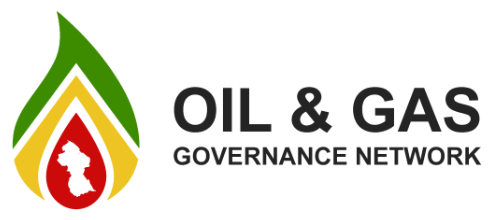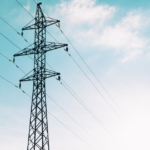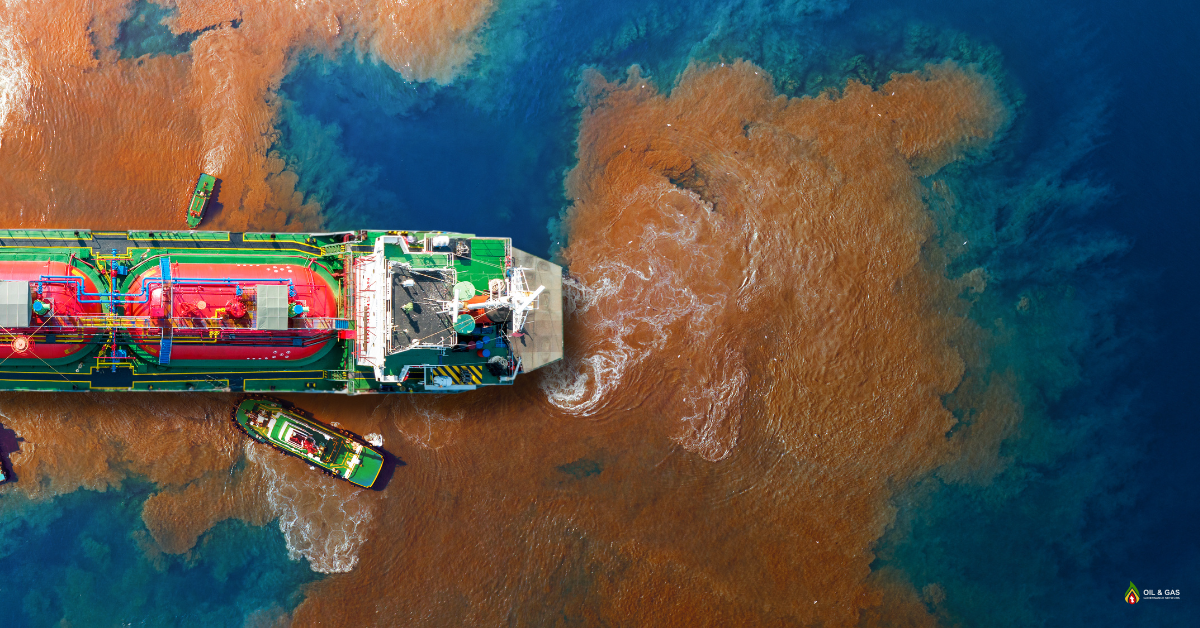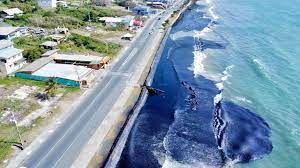Kaieteur News – Even though the Environmental Protection Agency (EPA) has already approved an application by Esso Exploration and Production Guyana Limited – ExxonMobil Guyana – to transport natural gas from the Liza Fields in the Stabroek Block to the Wales Development Site, West Bank Demerara, the operator is still in the process of completing its Gas Leak Management Plan (GLMP).
Minister of Natural Resources, Vickram Bharrat recently told the National Assembly that the oil company is not only conducting this study itself, but is also funding the plan.
His comment came in response to a question from Opposition Member of Parliament, David Patterson who asked for an update on the document and for the Minister to state the source of financing.
According to Bharrat, “These studies are ongoing. The operator has been assisting with all the studies along with our technical team so you will not see an allocation assigned to it, but it is being done between ourselves and the operator. They are actually paying for it then, in other words.”
In addition, the Minister pointed out that his Ministry, with the assistance of President Irfaan Ali has secured expertise from Qatar, free of cost, to assist in crafting the GLMP. He noted that two experts from Qatar were expected to arrive in Guyana this week to lend their expertise.
Patterson had also asked Bharrat to say whether it is prudent for the operator to conduct a GLMP on behalf of Guyana as opposed to the country procuring these services independently.
Minister Bharrat told the MP that Guyana is saving funds through this mechanism, as Exxon will be funding the study. On the other hand, he assured that the Ministry of Natural Resources will be reviewing the document and have an input.
Former head of the EPA, Dr. Vincent Adams in a previous interview had stressed the importance of the Gas Leak Management Plan being included in the Environmental Impact Assessment (EIA) submitted by Exxon for the pipeline aspect of the project.
He said, “How does it make sense that the highest hazardous risk is a leaking pipeline but it is not addressed in the EIA?”
Dr. Adams explained, “Remember what an EIA is; that’s the document that defines, it’s what I like to call the bible of any project. It defines all of the environmental risks and hazards. No other document does it in detail, so if a risk has not been identified and not only identified, it has to say in that EIA how you are gunna address that risk in terms of mitigative action or how you are gonna respond if something happens.”
To this end, the former Executive Director of the state-owned agency pointed out that if the EIA fails to address such a risk, it should be deemed incomplete.
In the environmental study submitted by Exxon, through its Consultant, Environmental Resources Management (ERM), it was stated that gas leaks, and worse yet explosions are likely to occur as a result of corrosion, objects striking the pipeline, and a buildup of stress in the pipe wall, causing buckling. Even though this risk was identified, the Consultant did not see it fit to also attach a detailed response plan, accompanied by the various scenarios in which such an event can occur.
The former EPA boss told this publication that ExxonMobil must address this dangerous risk in the EIA. “You can’t say you are going to do it after the EIA is submitted. That is the reason for the EIA; you look at all of the risks up front before you move forward. You cannot say well now that I’m finished with the EIA, I am going to be addressing a risk afterward in some document. That is absolute insanity! It’s nonsense,” he argued.
According to him, ExxonMobil is well aware that the company would not be permitted to submit a GLMP after an EIA is submitted especially in developed countries, such as the United States.
When questioned about this document, ExxonMobil’s Gas-to-Energy Project Manager, Friedrich Krispin, told Kaieteur News that the document will be developed and submitted to the EPA, about a year before the project commences.
The pipeline to transport the gas is expected to cost around US$1.3 billion. The Government of Guyana will be separately pursuing a Natural Gas Liquids (NGL) facility to process the gas, while a Power Plant to generate electricity is also in the making. These two aspects are pegged at US$759 million.
Originally from: https://www.kaieteurnewsonline.com/2023/02/08/exxon-now-preparing-gas-leak-management-plan/










